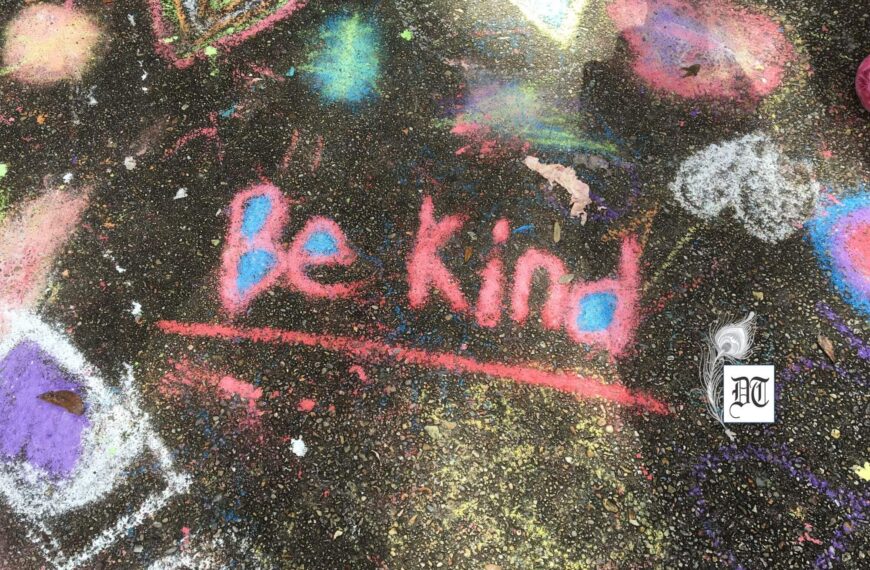The National Human Rights Commission (2011) notes that from 2001 to 2010, there were 4,034 custodial deaths and 1,836 cases of custodial torture registered in India. The worst affected state was Uttar Pradesh having 999 registered deaths and 1,552 registered cases of torture. It is claimed that these numbers are just the tip of the iceberg as most cases go unreported. An in-depth report by Lenin for Different Truths.
“I used to work as farmer till about 33 years ago (1977). During those days, one Kanhaiya Singh, son of Chirai Singh, a local muscleman of Baragaon wanted to grab my five bigha land. He used to trouble me for that. They used to create problems, enter into scuffle, abused me and asked me to run away as the land was theirs.
“One day my sister’s son Shivnath was collecting wood in the farm of Thakur Kanhaiya Singh. They called him from the farm and ever since that day Shivnath was missing. In the case of abduction and murder of my relative, the Thakurs wanted to implicate me falsely and also mounted pressure upon local police officers to frame me in it.
“Due to their pressure, the cops took me to police station in the evening, at 4 pm and detained me in the police station for one and a half days. I was afraid and feared what next would happen to me or how these policemen would behave.
“Later, I was sent to the Chaukaghat jail. There I was made to clean toilet and was given such food that made me vomit. I used to cry, could not sleep during the night and always thought of my family while being in the jail. I stayed there for three months. During that period, when I was in the jail, my mother died. Unfortunately I could not attend her last rites. I still regret this. I cry whenever I remember this,” says Bhunai Musahar, a local resident of Koiripur Musahar Basti, under Baragaon, district Varanasi.
These cases are personal accounts of custodial torture by police on the innocent victims, excerpted from their testimonies. Often impoverished and defenseless, Dalits, tribal, Muslims and other backward classes are subjected to police atrocities. Implications of such inhuman torture are far reaching and not only the victims, but their families also suffer.
Torture against the innocent marginalised people puts a big blot on India’s status as world’s largest democracy. The widespread use of custodial torture in India is one of the severest human rights violations. And, it is closely linked to caste based discrimination. Despite being signatory to various human rights instruments, Indian government seems to have grossly failed to protect and fulfil its obligation not only to its citizen but also breached many international human rights laws. Implicating false cases against powerless victims, arbitrary detention, custodial torture leading to disability and death, and still police enjoying impunity, has led to India’s failure to its compliance to human rights instruments.
The National Human Rights Commission (2011) notes that from 2001 to 2010, there were 4,034 custodial deaths and 1,836 cases of custodial torture registered in India. The worst affected state was Uttar Pradesh having 999 registered deaths and 1,552 registered cases of torture. It is claimed that these numbers are just the tip of the iceberg as most cases go unreported.
The socio-demographic profile of the victims of custodial torture and death portrays that a majority of them are Muslims and Scheduled Castes (SC), Scheduled Tribes (ST) and Other Backward Classes (OBC). The data collected by PVCHR of 361 survivors of police torture show that 89 per cent of them belong to Dalits (Muslims and SC, ST). The data, both from the government as well as non-government sources, clearly highlight that police often tortures the traditionally marginalised groups, especially Dalits and Muslims. More specifically, the torture victims are Mushars, tribal, untouchable communities and Muslims (findings of PVCHR and DIGNITY Danish Institute against Torture Project, 2013 – 2105), the traditionally powerless, resource less and voiceless Dalits.
Torture Victimisation: Who, Why and How?
The torture by police usually occurs in undisclosed locations or unofficial rooms in police stations. When suspects and witnesses are picked up illegally by police and tortured for several days, it is seldom recorded and the ordeal continues till the victims admit to criminal activity. The most gruesome forms of torture usually occur in the course of the investigation and interrogation of the alleged suspects. Methods for torture include threats, psychological humiliation, deprivation of food, water, sleep and medical attention, assault, physical abuse, and even custodial deaths. For women, torture also includes practices such as custodial rapes, molestation and other forms of sexual harassment.
In general, torture has been used by the police for intimidating the suspects/culprits to speak the truth. However, there are innumerable cases of arbitrary arrest and torture by police on innocent victims to push them to admit to false crimes. Police go around with the powerful, the upper caste people who often implicate the innocent marginalised victims, mostly the Dalits and Muslims, in false cases. There are many reasons for their ‘inhuman actions’, salient ones are cited below:
Muslims: Key Victims
Many studies (Khanam, 2009; Singh, 2013; Hasan, 1996; Mander, 2007) have, beyond doubt, proved that majority of poor Muslims are the prime victims of custodial torture and deaths. In the same wavelength, Tata Institute of Social Sciences (2012) observes that 36 per cent of the jail inmates are Muslims while the population of Muslims in the state is close to 10.6 per cent. The findings of the report are in conformity with the Sachar Committee Report and general observation of human rights activists. There are multiple reasons for the Muslim community being targeted by the State authorities. True, that some youth (Muslims as well as Hindus) have fallen prey to illegal activities, may be due to abject poverty, still the major reason for Muslim youth being indiscriminately arrested by the police relates to misguided and myopic perceptions and prejudices. There are some added vulnerabilities with people belonging to minority religion — Islam, prominent ones are mentioned below:
Traditional Prejudices
Going into the historical lanes, after the Partition of India and Pakistan in 1947, there were huge clashes leading to violence and bloodshed between Hindu and Muslim communities. This bred lot of animosity and lack of trust between the two communities. Riots between Hindus and Muslims are still frequent in some places in Uttar Pradesh. The diagram below presents prominent factors that result in police torture in India.
Prominent Factors Leading to Police Torture
Stigma and Labelling
After the 9/11 attacks, in India many Muslims have been negatively affected due to the stigma of being terrorist labelled against the community. On the pretext and suspicion of having terrorist-affiliation, policemen arrest and torture innocent Muslims. Young Muslims are targeted and they constantly dread being arrested.
Many Muslims in Uttar Pradesh are now alienated and marginalised. They are finding it harder to be employed or have certain jobs. They are exposed to name calling in public. Many young Muslims have even started using Hindu names because of the fear of being stigmatised and discriminated.
Poor is Marginalised
In addition, economic status, social capital and power relations are strongly interrelated. While economically impoverished Muslims mostly face the brunt of stigma and discrimination of being ‘suspected terrorists’, the wealthier Muslims distance themselves from their marginalised counterparts and enjoy their ‘elite’ status.
No Political Representation
Muslim communities have the status of little or no representation in the government or governmental bodies and lack strong leadership who could stand for and by the oppressed ones. Consequently, voices of these people remain unheard and their suffering from human rights violations unspoken for. This makes them easy targets for the police to abuse and subdue through torture and discrimination. It perpetuates and enforces marginalisation particularly among most of the poor Muslim inhabitants.
©Lenin Raghuvanshi
Pix from Net.






 By
By


 By
By